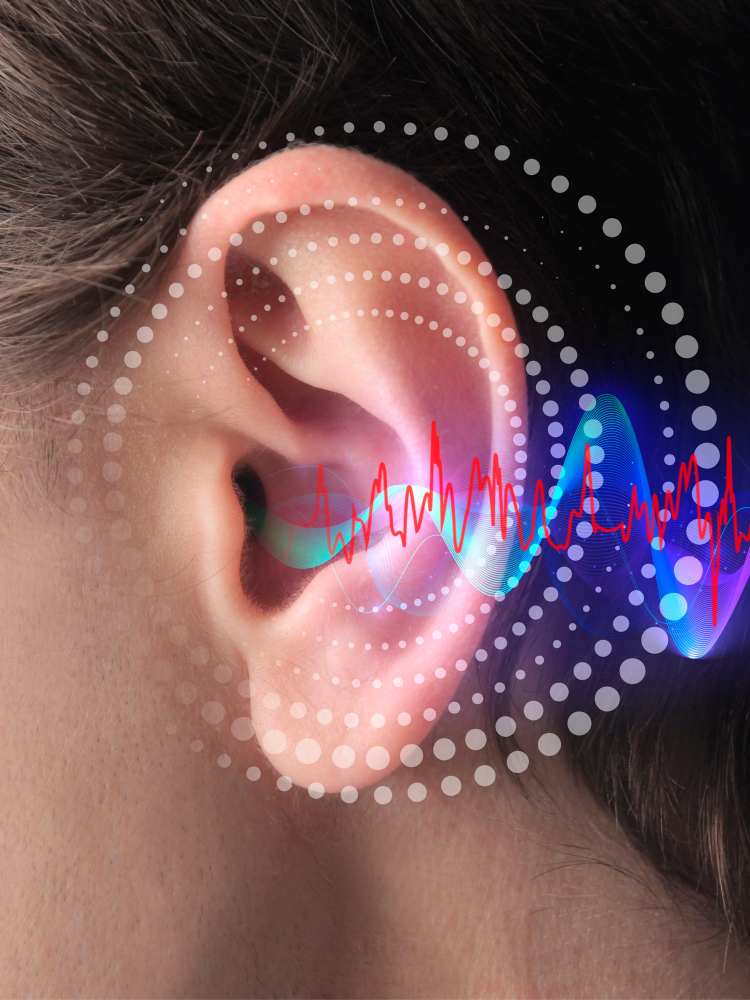


Auditory Brainstem Implant (ABI) is a device that enables the transmission of sound signals directly to the auditory pathways in the brainstem in individuals with damaged or underdeveloped auditory nerves. It is particularly used in cases where cochlear implants are not suitable.
Indications
Cochlear Nerve Absence or Damage:
Congenital absence of the cochlear nerve.
Nerve damage due to trauma or tumors.
Neurofibromatosis Type 2 (NF2):
Individuals with hearing loss due to vestibular schwannomas (tumors on the auditory nerve).
Cochlear Bone Abnormalities:
Cochlear aplasia or ossification (calcification).
Components of the Device
External Components:
Includes a microphone that captures sounds, a processor, and a transmitter.
Internal Components:
An implant with electrodes that are placed in the brainstem.
How It Works
Sounds are detected by the external microphone and converted into signals through the sound processor.
These signals are transmitted via electrodes placed in the cochlear nucleus area of the brainstem, which is responsible for auditory perception.
The brainstem receives these signals, and the sensation of hearing is created.
Surgical Process
Surgical Placement: ABI is typically implanted through a surgical procedure via the posterior fossa.
Electrode Positioning: Electrodes are placed directly in the cochlear nucleus.
Activation and Adjustment: After surgery, the device is adjusted and programmed to provide optimal hearing.
Advantages
Restores hearing in cases where cochlear implants are ineffective.
Can improve sound perception and communication abilities.
Limitations
The level of auditory perception is generally lower than with cochlear implants.
The process of understanding and improving speech may take time.
Training and rehabilitation are necessary.
Risks and Complications
Surgical Risks: Bleeding, infection, brainstem damage.
Device-related Issues: Electrodes may shift or there may be compatibility issues.
Success Rates
ABI is an effective method for enhancing sound perception and awareness of environmental sounds. However, due to varying outcomes between individuals, careful evaluation before surgery and proper expectation management are crucial.